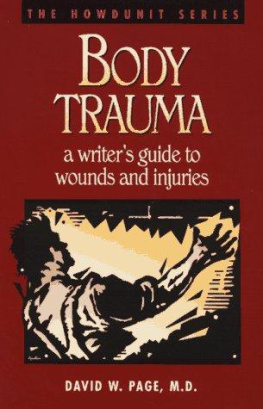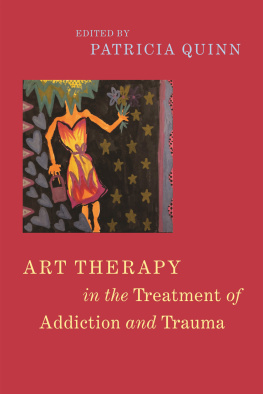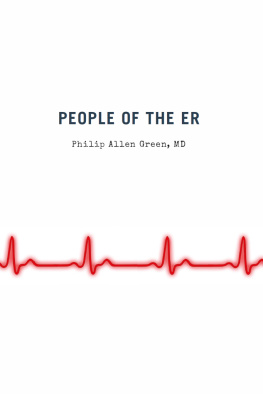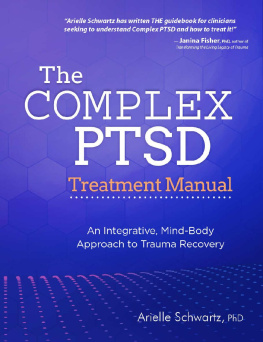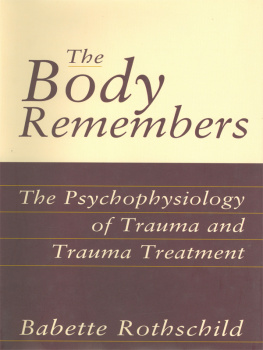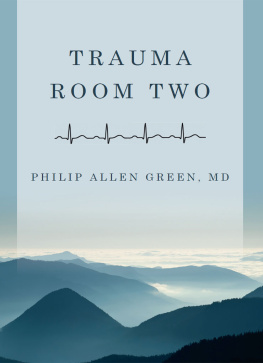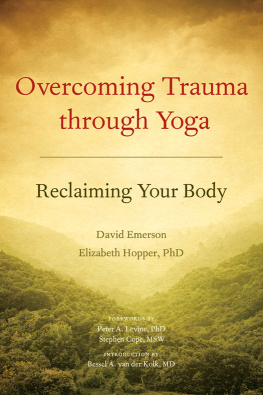Table of Contents
Introduction
Part I: An Overview of Trauma
1 Concepts and Terminology in Trauma Care
Why Do Accidents Occur? Emergency Management Levels of Trauma Care Destructive Impacts Wounds in a Trauma Victim
Care of the Trauma Victim in the Field
Managing the Airway in the Field A Breath of Life Maintain Circulation
Disability: Can the Victim Talk and Move? Expose the Victim
Special Problems in the Field
The Trauma Center
The Dynamics of Trauma Care
The Level I Trauma Center
The Trauma Room
The Four First Steps in Trauma Care
Care of the Trauma Patient in the Operating Room
The Operating Room The OR Personnel
How Cases are Listed: The "Bumping" Scenario
When Things Go Wrong in the OR
OR Atmosphere
PACU: The Recovery Area
The Intensive Care Unit
The Surgical Floor
Rehabilitation and Going Home
Part II: Specific Traumatic Injuries By Organ System
Head Trauma: From Concussion to the Persistent Vegetative State
Diffuse Brain Injury Focal Brain Injury Scalp Injury Facial Injuries Lower Jaw Injuries
Neck and Spinal Cord Injuries: Snapped, Stabbed and Strangled
Direct Trauma to the Neck Indirect Trauma to the Neck The Treatment of Neck Fractures
Chest Trauma: The Dirty Dozen Maiming Injuries
The Dirty Dozen
Injuries That May Kill Within Minutes Injuries That May Kill Within Hours
Abdominal Trauma: Beware of Hidden Damage
Patterns of Intra-Abdominal Injury Blunt Trauma to the Abdomen Penetrating Trauma to the Abdomen Diagnosing a Major Abdominal Injury The Outcome of Abdominal Injury
Extremity Trauma: Crunched Arms and Legs
The Upper Extremity The Lower Extremity
Part III: Unique Traumatic Injuries
Bites: Animal Assaults
Dog Bites Human Bites Snake Bites Shark Bites Horse Bites Stings
Sea Life "Bites" Animal Defenses
11 Impalement Injuries and Mutilation: From Fencing to Fences
Features of an Impalement Injury Mutilation and Torture
Traumatic Amputations and Replantation: Don't Lose the Missing Part!
How a Finger Is Replanted Are Kids' Injuries Different? A Warning!
13 Burns and Frostbite: The Scars of Temperature Extremes
Burns
House Fire Smoke Inhalation Electrical Burns Lightning
Environmental Temperature Damage
Heat Stroke (Sun Stroke)
Heat Prostration (Heat Exhaustion)
Frostbite
Hypothermia
Other Cold Injuries
Diving Accidents and Altitude Illness
Diving Accidents and Their Consequences Decompression Sickness ("The Bends") Barotrauma
Nitrogen Narcosis ("Rapture of the Deep")
Altitude Sickness
Acute Mountain Sickness (AMS)
High Altitude Pulmonary Edema (HAPE)
High Altitude Cerebral Edema (HACE)
Assaulted Eiders, Battered Women and Injured Kids: The Defenseless
Battered, Bruised and Abused Kids Battered Women Abused Elders
16 Sexual Assault: Unspeakable Trauma
What Is Rape?
Why Do Men Rape Women?
Myths About Rape
The Initial Examination of the Victim
Sexual Assault Against Children
The Sexually Abused Adolescent
Organ Donation: Who Makes the Ultimate Gift?
Who Becomes an Organ Donor?
The Process of Obtaining Organs for Donation
The Process of Performing an Organ Transplant
Bibliography Glossary
Introduction
In literature, as in life, sooner or later everyone becomes injuredaccidentally or as a consequence of malicesomewhere in the story. The writer must force characters to face conflict. And that includes creating injuries. Every writer needs to understand how to create authentic traumatic injuries as well as how to deal with their consequences.
The focus of this book is on violent injuries that do not result in death.
Every writer confronted with the dilemma of how severely to hurt a character must understand the consequences of the physical havoc created. Injuries should be realistic, reflect the character of the person inflicting the insult and be tailored to the needs of the plot. More sophisticated than in the past, today's readers have become avid, critical consumers of media violence. Hence, your story's accidents and injuries and the convalescence they cause must ring true.
As you write what is referred to in this book as an "injury scenario," you must hold the tuning fork of authenticity to your ear. You'll learn to review pertinent anatomy, assess the world of your storywhat's there to serve as a weapon and who's present in the scene to use itand decide what mayhem your tale needs. These are the elements of a trauma prescription.
Whether the genre is mystery-murder, horror, romance or any of the varieties of mainstream thrillers, the writer's art hinges on accurately depicting human suffering. Ernest Hemingway insisted it is what the writer leaves out that counts most. The late Gary Provost in a similar vein taught his writing students: Less is more. Richard Cohen, in Writer's Mind, instructs: Fiction writing should imply there is a great deal more than what has been written.
If using less material is the goal of good writing, why learn so much about inflicting injuries?
In "The Snows of Kilimanjaro," Hemingway never describes the gangrenous leg that plays a central role in the story. He alludes to the offensive smell and the progression of gangrene and even reflects on how it began with an element of neglect on Harry's part. At no point is there an explicit description of the rotting leg.
In Ian Hamilton's biography entitled In Search of J.D. Salinger, he describes the author of The Catcher in the Rye as he becomes progressively urbane, increasingly accomplished at his craft. Following the
publication of Salinger's "A Perfect Day for Bananafish," Hamilton states, "Thanks to The New Yorker he was beginning to learn the pleasures of reader manipulation, of having a sophisticated readership that had been trained in the enjoyment of inconsequential sorrow. He was learning how to leave things out, to flatter and deceive."
Herein lies the paradox of fiction writing: You must understand what to include and what to leave out. In order to leave something out of a scene, you need to understand all of the elements that could (but shouldn't) be included.
Authenticity emerges from personal experience, struggle and then understanding. Certainly, Hemingway had seen his share of war wounds. But most writers have little experience with traumatic injuries. This book describes in detail what you must learn about body impact and the spectrum of potential injuries in order to select what details to include in your scene. Once you understand what's there and how it gets maimed, you'll feel the pain and know what aspects of the injury to describe. The reader's visual imagery is enhanced by the inclusion of the right details. By learning a lot about a particular injury, you may select the most visual elements and write a sparse, fast-paced action scene.
Rather than being anecdotal, this book describes the process of how to create a dramatic injury scene. Included are suggestions on how to incorporate the more complicated material into your story.
No writer can describe, allude to or choose to ignore something that she doesn't understand. And you can bet the treasury that before the chubby cherub chortles, someone in your story is going to get hurt. If it's your traumatic scene, you'd better know exactly how it happens.
Body Trauma provides an organized menu of injuries and a suggested method of approach to guide you through the process of creating authentic misery. Using the various examples presented in conjunction with master injury lists (a menu of specific injuries) for each body system, you may construct innovative insults and terrible wounds to fit the specific demands of your plot. Not just a mere laundry list of clinical mutilations, this book describes how to create novel impacts, bodily disruptions and agonizing tissue trauma. By identifying where the impact occurs and what it does to the body, you can properly weave the length of the disability into the drama. This is called the time line of the injury.

